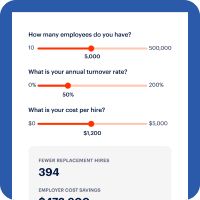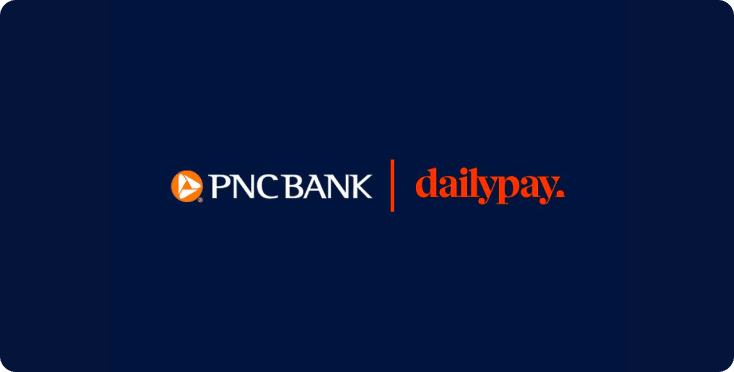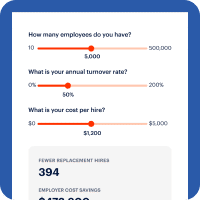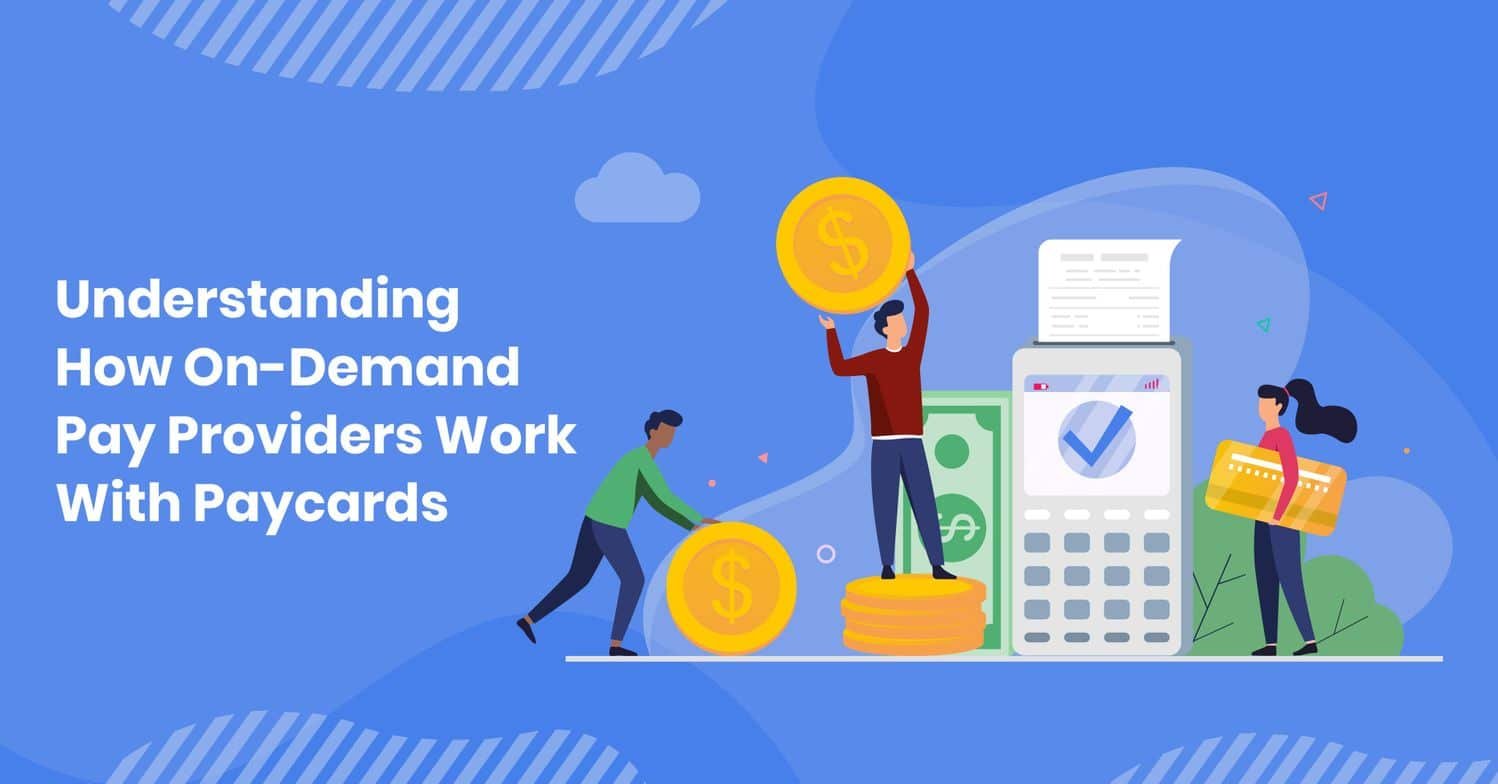As the on-demand pay space continues to grow and evolve, it becomes easier to identify common misconceptions about this technology. One of the biggest misconceptions is that on-demand pay solutions always require employees to be paid with paycards.
Paycards could be a convenient alternative to direct deposit for both banked and unbanked employees. However, the vast majority of U.S. employees have bank accounts and want options to access their earned wages anytime, anywhere without needing a paycard.
While some on-demand pay providers still build their entire business models around paycards, others have much more flexible models. It is important to understand which paycard model a provider uses when selecting the best fit for your company.
There are three models through which on-demand pay providers can utilize payroll cards:
–The employer-funded model, which requires employers to pre-fund employee transfers from their own balance sheet and typically requires employees to be paid through paycards to receive the benefit. Instant Financial, Flexwage and Rapid! use this model.
–The hybrid model, which may incentivize employees to be paid via paycards but does not require employers to pre-fund those transactions.
–The open access model, does not require pre-funding by employers and allows employees to be paid in whatever way they choose, whether that is via paycard, a bank account or a debit card. This is the model DailyPay uses.
The open access model is usually the least burdensome and the most compliant for the employer, as it doesn’t require pre-funding transactions, which can be both a financial and administrative strain, and does not trigger constructive receipt. It also doesn’t require any changes to how their employees are paid, which eliminates stress for both employees and employers. The open access model also provides the most room for employee flexibility, as they can access this valuable benefit through whatever account is the most convenient for them.
Many states have additional payroll compliance requirements around the use of paycards, such as mandating that employees who are paid through this method have access to 100% of their pay, down to the penny, at all times.
Because paycards involve a payroll card program vendor, verify that the vendor complies with the following rules:
- Federal Electronic Fund Transfer Act and Regulation E protections, including disclosures, unauthorized transactions, etc.
- Card operating rules (Mastercard, Visa, Discover)
- Account access for employees
- Security
- Anti-laundering
For on-demand pay providers who use the employer-funded and hybrid models, maintaining compliance can cause unnecessary stress on the employer. This is one of the reasons “open access” providers like DailyPay does not require the use of a specific paycard. Instead, DailyPay can work with your existing paycard provider or offer your organization a recommended card from a number of gold-standard paycard industry partners with whom we partner.
Not vetting your paycard program or using a general purpose reloadable (GPR) card as a payroll card can be costly for your organization. In California, for example, a major pet food retailer had to settle a $1 million claim by employees whose final wages were paid using paycards as their termination pay technology. Employees incurred fees when accessing those funds and alleged that they weren’t given access to the full total, which violated California state law requiring that employees be paid in full for all wages at the time of termination. In this case, the use of a card without fully understanding the compliance ramifications resulted in unnecessary financial stress for both the employer and the employees. Overall, while it is quite possible for paycards and on-demand pay technology to work in tandem, paycards are not required to offer this benefit. Ultimately, the goal of an on-demand pay program should be to improve the financial health of your workforce on their terms. Giving employees choice and flexibility when it comes to accessing their pay helps to maximize program adoption, which leads to more benefits for you and your employees.













